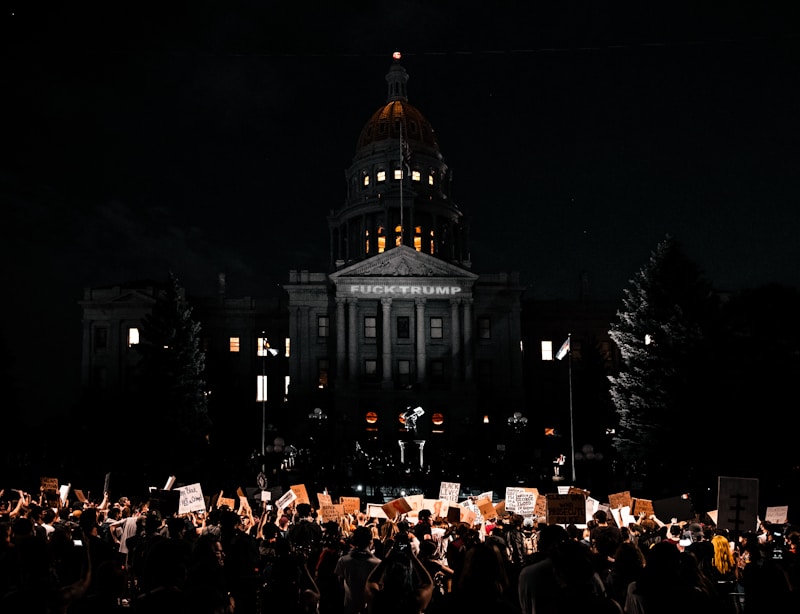Questions and Answers
What is the primary focus of the Second Amendment?
Protecting individuals' right to bear arms
Which right does Article 25-28 of the Indian Constitution encompass?
Right to freedom of religion
What does the Third Amendment specifically address?
Prohibiting the quartering of soldiers
What does Article 32-35 of the Indian Constitution provide for?
Signup and view all the answers
During a national emergency, which fundamental rights can be suspended?
Signup and view all the answers
Study Notes
Introduction
The United States Constitution is the foundation of the nation's government structures and functions. One of the key features of the Constitution is its ability to be amended, which allows the government to adapt to changing times and address new issues as they arise. This article will focus on the process of amending the Constitution and provide an overview of some key amendments.
Amending the Constitution
The process of amending the Constitution in the United States is a complex one, requiring several steps:
- Proposal: Two-thirds of the U.S. Senate and the U.S. House of Representatives must propose an amendment.
- Approval: Three-fourths of the state legislatures must approve the proposed amendment for it to be ratified.
Key Amendments
Several amendments to the Constitution have been proposed and ratified over the years, addressing various issues such as citizens' rights, government administrative procedures, and other fundamental aspects of American society. Some of the key amendments include:
First Amendment
The First Amendment guarantees freedoms concerning religion, expression, assembly, and the right to petition. It also forbids Congress from promoting one religion or prohibiting the free exercise of religion.
Second Amendment
The Second Amendment addresses the right to bear arms, ensuring that individuals have the ability to protect themselves and participate in the militia.
Third Amendment
The Third Amendment prohibits the quartering of soldiers in private homes without the owner's consent, addressing the issue of housing and accommodations for military personnel.
Fourth Amendment
The Fourth Amendment protects against unreasonable searches and seizures, requiring that warrants be supported by probable cause and not be overly broad in scope.
Conclusion
The Constitution's ability to be amended allows the American government to evolve and address new issues as they arise. By understanding the process of amendment and examining key amendments, citizens can better appreciate the flexibility and resilience of the U.S. Constitution.
Studying That Suits You
Use AI to generate personalized quizzes and flashcards to suit your learning preferences.
Description
Explore the process of amending the United States Constitution and the significance of key amendments such as the First, Second, Third, and Fourth Amendments. Learn how the Constitution evolves to address new issues and safeguard citizens' rights.




